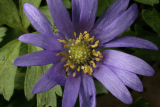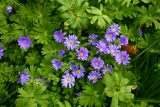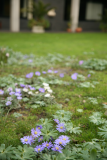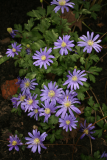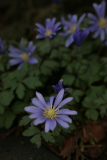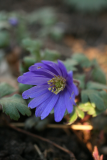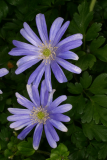Additional notes (click to expand)
Nomenclature
Anemone blanda is a synonym.
http://www.plantsoftheworldonline.org/
Other use
Anemone blanda Schott & Kotschy, Ranunculaceae. Grecian windflower. Genus name may derive from Greek for wind, blanda being Latin for mild or pleasing. Perennial tuberous herb. Distribution SE Europe, Turkey, Lebanon, Syria. Not described until 1854 so no early herbal records under this name. However all species of Ranunculaceae are poisonous, containing protoanemonin, which causes blistering if sap gets on the skin and indigestion if ingested.
Oakeley, Dr. Henry F. (2013). Wellcome Library notes.
link
Toxicity
All species of Ranunculaceae are poisonous, containing protoanemonin, which causes blistering if sap gets on the skin and indigestion if ingested.
Oakeley, Dr. Henry F. (2013). Wellcome Library notes.
link
Geographical distribution
- Asia-Temperate, Western Asia, Lebanon-Syria
- Asia-Temperate, Western Asia, Turkey
- Europe, Southeastern Europe, Albania
- Europe, Southeastern Europe, Bulgaria
- Europe, Southeastern Europe, Greece
Anemonoides blanda (Schott & Kotschy) Holub
Family: RANUNCULACEAEGenus: Anemonoides
Species: blanda (Schott & Kotschy) Holub
Common names: Sapphire Anemone; Winter Windflower
Distribution summary: S. E. Europe, Turkey
Habit: Bulbous
Hardiness: H5 - Hardy; cold winter
Habitat: Rocky slopes, scrub & light woodland
Garden status: Currently grown
Garden location: Plants of the World (B)
Flowering months: April
Reason for growing: Other use, toxic
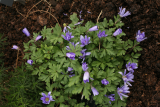
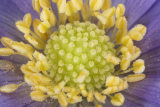
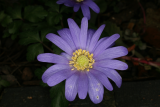
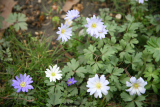
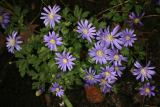
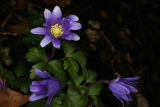
.JPG)
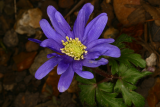
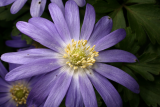
.jpg)
.jpg)
